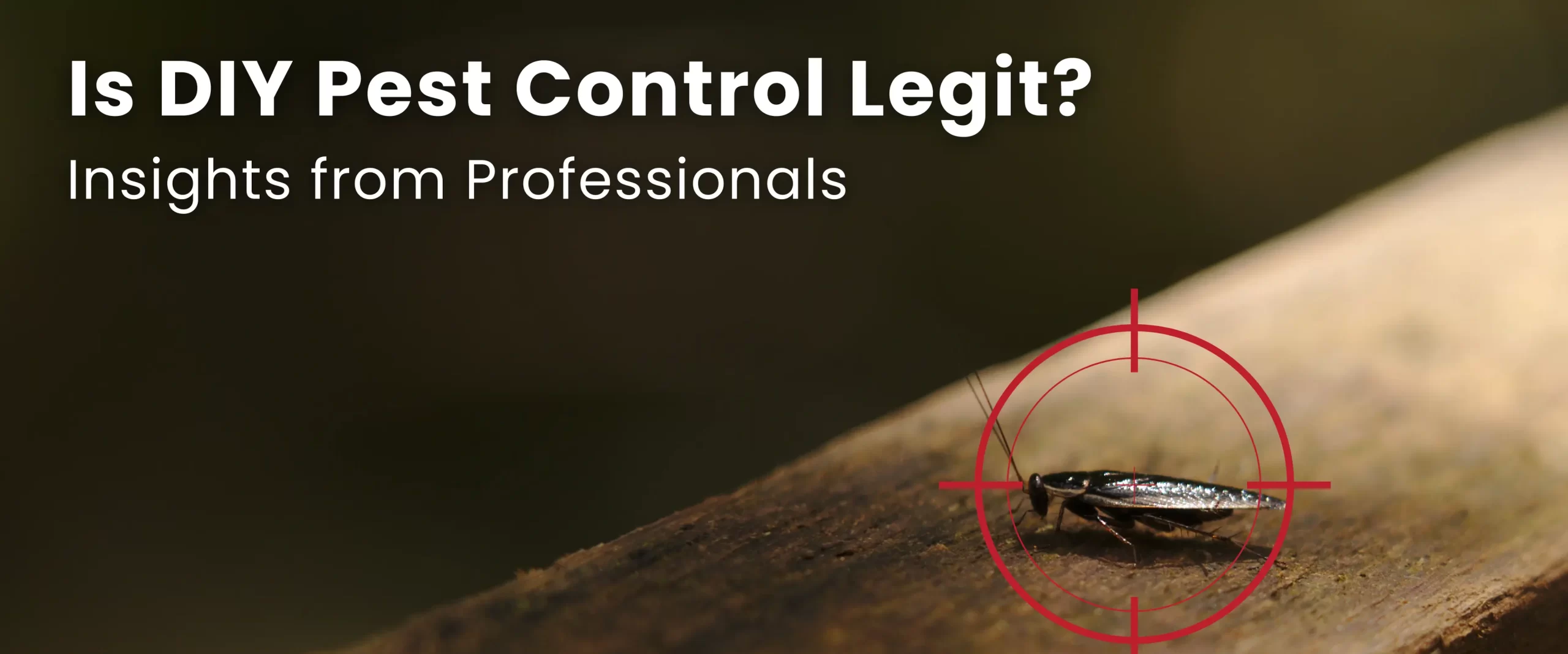Is DIY Pest Control Legit? Insights from Professionals
New York City, with its bustling energy and diverse population, also provides a haven for unwanted critters. From resilient roaches that navigate the subway system to elusive bed bugs that hitch rides on luggage, pest control is a constant battle for many NYC residents. Throw in factors like densely packed buildings with shared walls and frequent movement of people and goods, and you have a recipe for complex pest problems.
This blog aims to shed light on the legitimacy and effectiveness of DIY pest control methods. We’ll delve into the different approaches, popular products, and their limitations to help you decide if DIY is the right approach for your NYC pest problem.
Understanding DIY Pest Control
DIY Pest Control: Taking Matters Into Your Own Hands
DIY pest control involves taking a hands-on approach to eliminating unwanted pests from your home or apartment. This can involve a variety of methods, including:
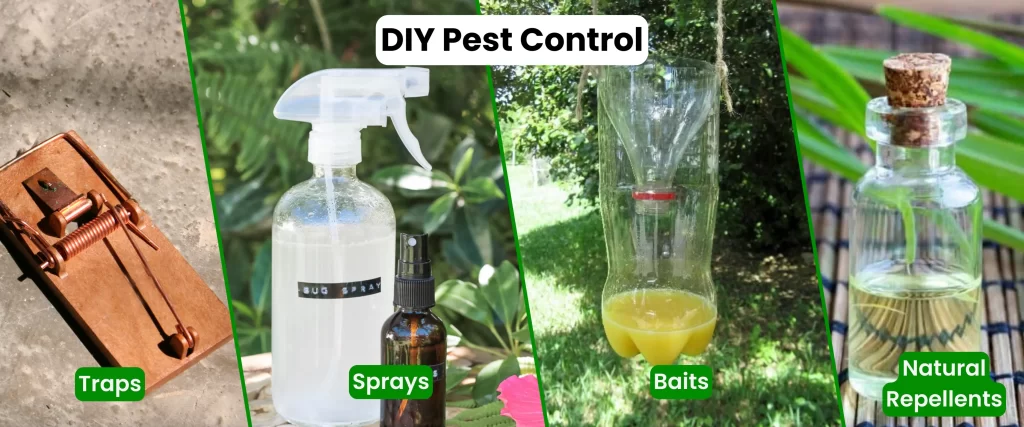
- Traps: These come in various forms, like snap traps for rodents, glue traps for insects, and baited traps that lure pests in and kill them.
- Sprays: Insecticidal sprays target specific pests or offer broad-spectrum control. However, these require careful application to avoid harming humans or pets.
- Baits: These attract and poison pests, offering a slower but potentially more targeted approach. Examples include gel baits for roaches and ants, or bait stations for rodents.
- Natural Repellents: Certain natural products like diatomaceous earth or essential oils may deter pests, but their effectiveness can vary depending on the pest and application method.
NYC’s Most Unwanted: Common Pests Targeted by DIY Methods
Not all pests are created equal, and some are more susceptible to DIY methods than others.
- Roaches: NYC’s notorious roaches can be tackled with a combination of baits, traps, and sealing entry points.
- Mice and Rats: While traps and baits can be effective for small infestations, addressing the root cause (entry points) is crucial. For larger infestations, professional help is often recommended.
- Bed Bugs: Due to their rapid reproduction and difficulty in eradication, DIY methods for bed bugs are generally not recommended. Their life cycle requires a multi-pronged approach best handled by professionals.
It’s important to note that this list is not exhaustive, and some pests like termites require professional intervention due to the complexity of treatment.
Your DIY Arsenal: Popular Products and Tools for Self-Inflicted Pest Control
The world of DIY pest control offers a range of products and tools. Here’s a closer look at some of the most popular options:
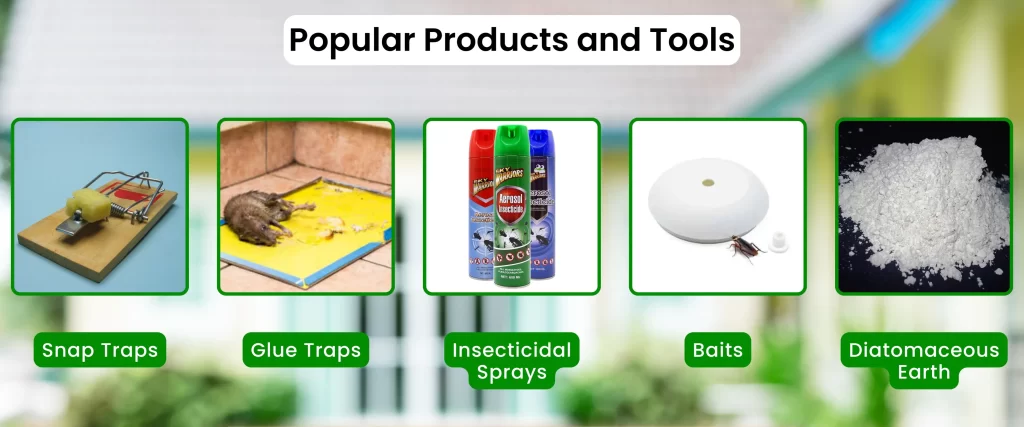
- Snap Traps: These classic traps are effective for catching rodents, but require proper placement and baiting for success.
- Glue Traps: These work well for crawling insects but can be messy and pose a risk to non-target animals like pets.
- Insecticidal Sprays: While readily available, these require caution as they can be harmful if not used correctly. Read and follow all label instructions carefully.
- Baits: Gel baits and bait stations offer a targeted approach, but effectiveness can vary depending on the pest and bait type.
- Diatomaceous Earth: This natural powder acts as a desiccant, dehydrating pests on contact. However, its effectiveness can be limited by moisture and requires careful application to avoid inhalation risks.
Does DIY Pest Control Work?
DIY or Die Trying? Weighing the Pros and Cons of Self-Inflicted Pest Control
This section dives deeper into the effectiveness of DIY pest control, exploring both its advantages and disadvantages.
Pros:
- Cost-effective: DIY methods can be cheaper upfront compared to professional services.
- Convenience: Tackling the problem yourself offers a sense of control and allows for immediate action.
- Readily available products: Many DIY pest control products are readily available at hardware stores or online retailers.
Cons:
- Limited Effectiveness: DIY methods may not be strong enough for severe infestations or certain types of pests.
- Safety Concerns: Insecticides and other pest control products can be harmful if not used correctly.
- Time Commitment: Implementing and maintaining a DIY strategy can be time-consuming.
- Identifying the Pest: Accurate pest identification is crucial for choosing the right treatment methods.
When DIY Might Be Your Weapon of Choice: Situations Suited for Self-Inflicted Pest Control
Not all pest problems require professional intervention. Here are some situations where DIY methods might be effective:
- Small, Early Infestations: If you catch a pest problem early before it escalates, DIY methods might provide a solution.
- Non-Aggressive Pests: For less aggressive pests like occasional ants or spiders, DIY traps or repellents could be sufficient.
- Preventative Measures: DIY methods can be helpful for preventative measures like sealing entry points or using natural repellents.
Professional Pest Control Explained
what do professional pest control use?
Professional pest control companies have access to a wider range of tools and techniques compared to DIY methods. Here’s a glimpse into their arsenal:
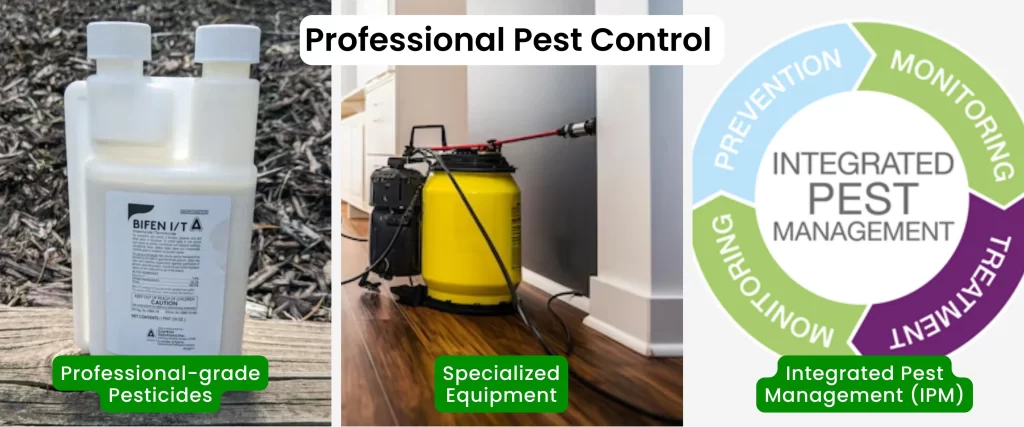
- Professional-grade Pesticides: Professionals use EPA-registered pesticides that are often more potent than readily available DIY products.
- Specialized Equipment: They may employ specialized equipment for tasks like injecting pesticides into walls, heat treatments for bed bugs, or fumigation for severe infestations.
- Integrated Pest Management (IPM): Professional companies often use an IPM approach, combining various methods to target the specific pest and prevent future problems.
Why Hire the Pros? Benefits of Professional Pest Control Services
Professional pest control offers several advantages:
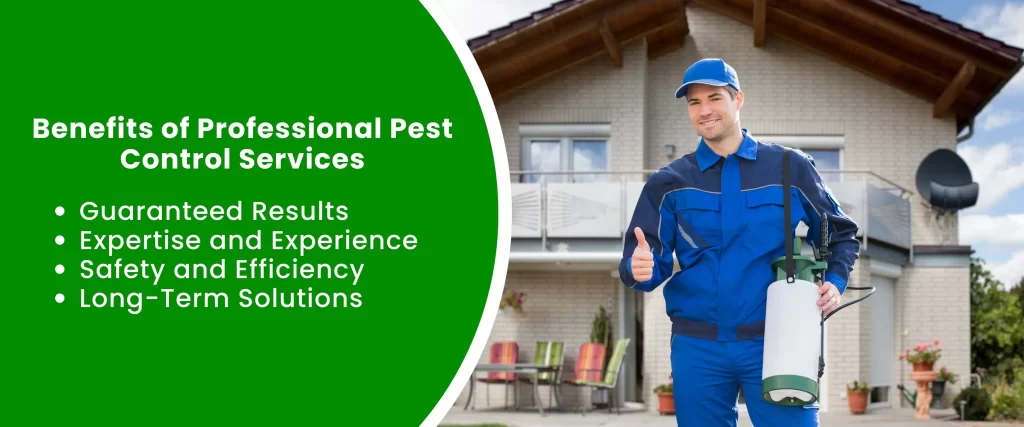
- Guaranteed Results: Many professional companies offer guarantees on their services, ensuring a successful outcome.
- Expertise and Experience: Professionals have the knowledge and experience to identify pests, choose the right treatment, and ensure proper application.
- Safety and Efficiency: They are trained in the safe handling of pesticides and can complete the job efficiently, minimizing disruption to your home.
- Long-Term Solutions: Professionals can address the root cause of pest problems, preventing future infestations.
Pest Control Do It Yourself VS Professional: A Side-by-Side Comparison
Cost Crunch: DIY Affordability vs. Professional Investment
This section compares the cost implications of DIY and professional pest control.
- DIY: While seemingly cheaper upfront, DIY methods might require repeated purchases if the infestation persists. Factor in the cost of multiple products, bait refills, and potential wasted resources.
- Professional: While the initial cost of professional services might be higher, it can be a single investment if the treatment is successful. Consider the potential savings from avoiding ineffective DIY attempts and resolving the issue quickly.
Hit or Miss vs. Guaranteed Results: Effectiveness and Efficiency
This section analyzes the effectiveness and efficiency of each approach.
- DIY: Effectiveness can vary depending on the severity of the infestation, your skills, and the chosen methods. It can be a time-consuming process with uncertain results.
- Professional: Professional companies use proven methods and often offer guarantees, ensuring a successful outcome. They can diagnose the problem accurately and implement targeted solutions quickly.
Safety First: Professional Standards vs. DIY Risks”
This section highlights the safety concerns associated with each approach.
- DIY: Insecticides and other pest control products can be harmful if not used correctly. Improper application can expose you, your family, and pets to health risks.
- Professional: Professionals are trained in safe handling of pesticides and adhere to industry regulations. They minimize risks associated with product application and potential pest hazards.
how long does professional pest control last?
This section analyzes the long-term effectiveness of each approach.
- DIY: DIY methods might address immediate problems but often lack the long-term perspective. You may struggle to identify and address the root cause of the infestation, leading to repeat problems.
- Professional: Professional companies take a holistic approach, addressing entry points and implementing preventative measures to minimize the risk of future infestations.
Making the Informed Choice: DIY or Call in the Pros?
DIY or Pro? Factors to Consider When Choosing Your Pest Control Approach”
This section guides you through the decision-making process.
- Severity of the Infestation: For small, early infestations, DIY methods might be suitable. For severe infestations or aggressive pests, professional help is recommended.
- Type of Pest: Some pests, like bed bugs, require specialized expertise and professional treatment for successful eradication.
- Your Skills and Comfort Level: If you’re uncomfortable using pesticides or lack confidence in tackling the problem, consider professional services.
When DIY Might Be Enough: Situational Analysis”
This section offers a guide to situations where DIY might be sufficient.
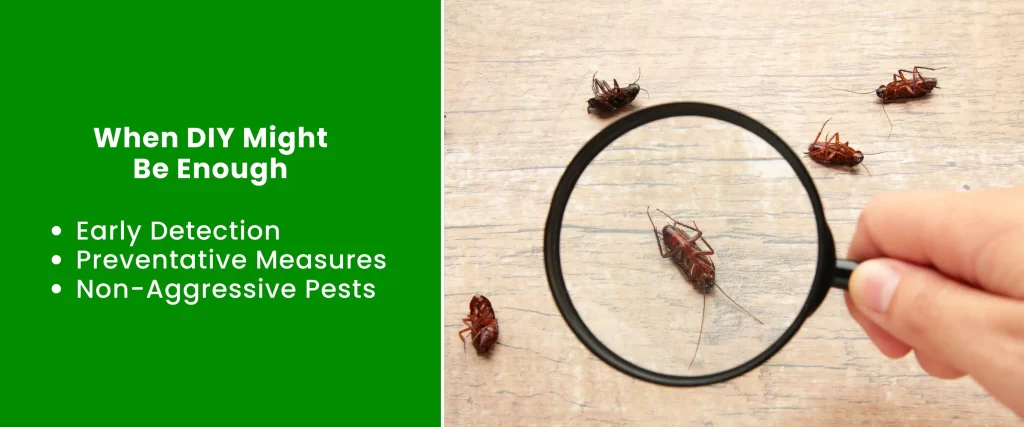
- Early Detection: If you catch the problem early, DIY traps or baits might be effective for minor pest issues.
- Preventative Measures: DIY methods can be helpful for preventative measures like sealing entry points or using natural repellents.
- Non-Aggressive Pests: For occasional encounters with less aggressive pests like spiders, DIY traps or repellents could work.
Tips for Effective Pest Control, DIY or Professional”
Regardless of your chosen approach, here are some essential tips:
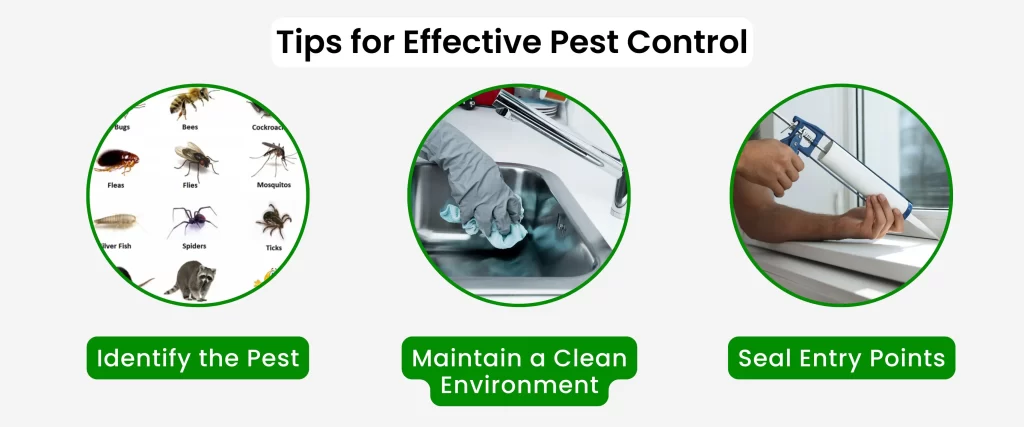
- Identify the Pest: Accurate identification is crucial for selecting the correct treatment method. Utilize online resources or consult a professional for help.
- Maintain a Clean Environment: Eliminate food and water sources that attract pests. Regularly clean and vacuum to remove crumbs and debris.
- Seal Entry Points: Inspect your apartment for cracks, gaps, or holes around pipes, windows, and doors. Seal these openings to prevent pests from entering.
Conclusion: DIY vs. Professional Pest Control – The Informed Choice
In assessing the legitimacy of DIY pest control, it’s crucial to consider several key points before reaching a final verdict. DIY methods offer affordability, convenience, and the potential for immediate action, but they also come with risks and limitations. Understanding these factors can empower individuals to make informed decisions tailored to their unique pest issues and circumstances.
Summary of Key Points
Pros of DIY Pest Control:
- Cost-effectiveness: DIY methods are generally more affordable than professional services.
- Convenience: Immediate action can be taken without scheduling appointments.
- Empowerment: Gives homeowners a sense of control over their living environment.
Cons of DIY Pest Control:
- Effectiveness: May not completely eradicate infestations or address underlying causes.
- Safety Concerns: Improper use of chemicals can pose health risks to humans and pets.
- Skill Requirement: Some methods require specific knowledge and skills for effective application.
Final Verdict: Is DIY Pest Control Legit?
The legitimacy of DIY pest control hinges on individual circumstances and the nature of the pest problem:
- For Minor Infestations: DIY methods can be effective and cost-efficient.
For Complex or Persistent Issues: Professional expertise may be necessary for thorough eradication and prevention.

